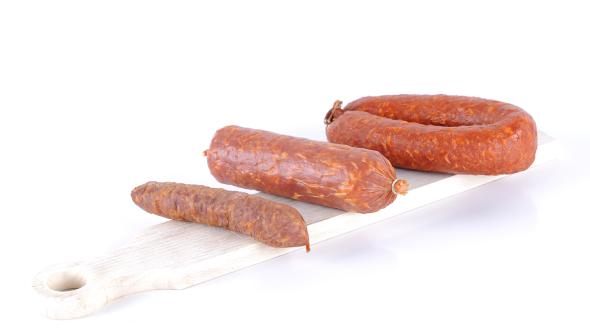Natacha Aucuit, a researcher specializing in food history at UNamur and a member of ILEE and Transitions, makes a key contribution to the AgriLabel unit under the supervision of Professor Isabelle Parmentier. Since 2013, she has been working on registration applications for products such as Fraise de Wépion and Jambon d'Ardenne IGP, among others. Its main role is to establish a documented historical link between the product and its terroir, based on rigorous research and a scientific approach.
In the case of Saucisson gaumais, this work required immersion in the region's agricultural and food history. Historically, the Gaume, which is slightly warmer than the Ardennes, shares with the latter a climate conducive to pig rearing, fed in particular on acorns and faines from local forests. Although these ancestral practices were abandoned at the beginning of the 20th century in favor of pig farming, they have left a lasting legacy, particularly in the manufacture of sausages. Saucisson gaumais, like its Ardennes cousin, is distinguished by a specific manufacturing process where the smoking method and the texture of the melee give the product its unique character.
Getting the PGI label for Saucisson gaumais is the fruit of a long process. Indeed, the process can take several years, not least because of the complex development, consultation and administrative procedures at regional, national and European level, and the questions posed by national and European bodies.


